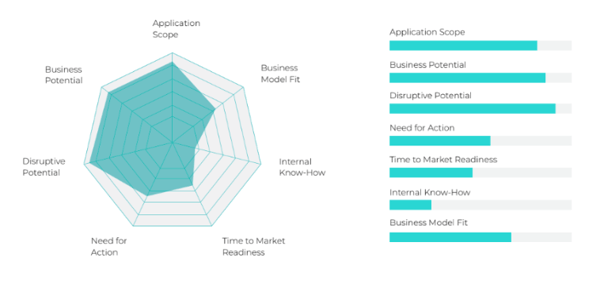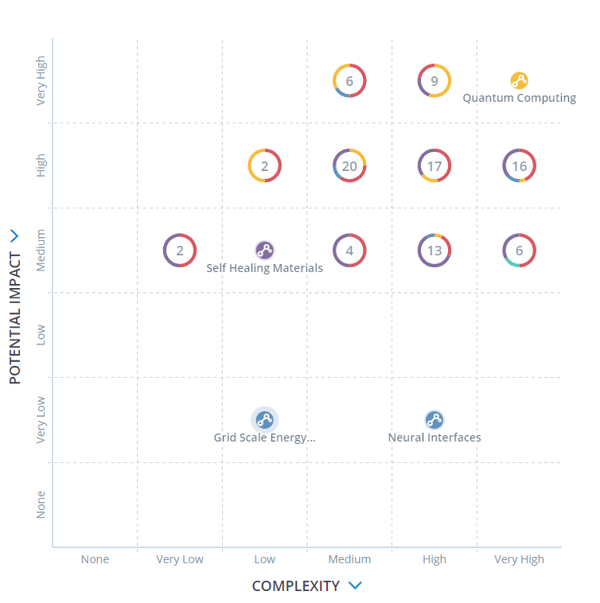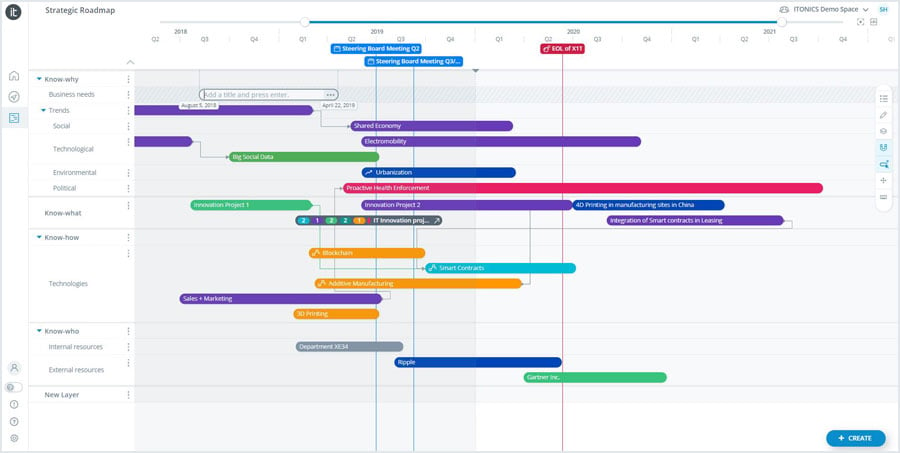Business continuity should always be top of mind for every company leader. It sure will be on everybody’s mind these days. Business continuity means dealing with current issues, problems, crises, and survival. Possibly less urgent, but equally important is the preparation for focused resurrection and renewed growth of your business. Entrepreneurship and leadership have always been about looking forward, interpreting the developments in the world, understanding your own strengths, setting your goals and defining the set of initiatives and actions you take to differentiate yourself and create a position for yourself in the market. Maybe you even create an entire market.
So, if and when you can take a moment to distance yourself a little from the current hectic, allow yourself to think about the following steps.
Understand What You Are Currently Doing
Yes, this may sound a little too obvious to some. However, if you work in a larger organization, reflect for a second. Do you know of all product development initiatives? Would you be successful in listing all innovation experiments?
Many large enterprises struggle with this challenge. The result is not seldom duplication of effort in various corners of the organization. Pet projects, some started years ago, may now be misaligned or lost relevance for current company goals.
Some projects will still consume time and resources, but without clear ownership and sense of purpose. Scarce resources, talent and money are allocated suboptimally. In companies following a lean and agile strategy, this is called waste!
All the above is typically not due to unwillingness or sabotage. More likely you lack the structure, processes, and instruments to maintain control.
The essence is to get visibility and overview of the innovation and product development projects that are already ongoing.
From the overview you need to attempt to categorize. Is this an incremental improvement to a stable existing product in known markets, is it a modification to enter a new geographical market, is it an experiment to explore how new technology can completely change the nature of our offering, etc.
Have a look at the 3-Horizons of Innovation for inspiration.
Other logical criteria to categorize include geography, business line, product category, etc.
Prioritizing should happen based on company strategy, assessment of market opportunities, assumptions to be validated, understanding of next steps, ability to execute and expected return on investment, just to name a few possible criteria. Take into account that due to the mere speed of developments the 3 Innovation “Horizons” are not necessarily the same as short, middle and long term perspectives.
The essential attitude is reflecting on your innovation options and priorities from multiple perspectives.
Control Your Impulses When Responding to a Crisis
Weathering the current perfect storm, one could be tempted to stop all investments. However for many companies, hopefully most, there will be a moment when we can start climbing out of the valley on the other side.
The landscape might be different there and we need to be ready to navigate a possibly (likely) changed constellation of our markets.
In the light of business continuity, it is therefore crucial to understand which developments and innovation projects need to be sustained in order to serve customers’ needs on the other side of the abyss.
Reflect On Purpose and Strategic Objectives
To the typical crisis manager, this may sound like an utter waste of energy in present times. If you lead a company however, you are accountable to various stakeholders. Shareholders, employees, customers, suppliers, and banks all expect you to lead your company out of a downturn into a healthy and sustainable future again. Articulate and internalize what is the “raison d’etre” of your company.
Agree with your leadership team what is unique about your organization, and how you want to be valued by your stakeholders.
If you do this well, you should be able to define strategic focus areas, strategic objectives, concrete goals and criteria for the initiatives you need to undertake.
Look Ahead, Scan Your Environment, Assess What Might be Coming
Not only the current pandemic, but also the entire past decade(s) should have taught us that we need to stay alert to what is happening in terms of societal trends, technological development and startups that might disrupt our business.
That’s all well and good, but how do you synthesize the tsunami of data, signals and snippets of information that might be relevant to inform your decision making?
Information on trends, technologies and startups needs to be interpreted by the experts in your organization. Relevance, impact, timing, etc. needs to be assessed from various disciplines within the company. To act effectively as a business, your collective decisions need to be based on ‘one version of the truth’.
The world doesn’t stop turning. Even when you have made decisions and started projects, you regularly need to re-assess relevance, impact, etc. against new information, automatically sourced and connected to your projects.
Rally Your Champions, Wherever They Are
Good decisions are never made in isolation. Successful leaders surround themselves with smart people, solicit their input and obtain their buy-in.
Nonetheless, strategic foresight for your company is fraught with complexity. Try to understand how customers’ behaviour is impacted by societal trends; try to assess both the opportunities and threats of emerging technologies. Probably you also want to understand how to recruit the right talent to help you ride the wave of the future. You get the idea.
Even without mandatory ‘social distancing’ your experts are usually not all in the same place.
You want to be able to consult people all across your organization (and likely outside of your company as well) for input, advice, content, rating and assessment. You want them to all have the same context and information. Consensus in decisions requires transparency in evaluations and arguments.
Good decisions that lead to desired results require quality data and effective collaboration.
Visualize and Balance Opportunity, Risk, and Capabilities
Assessment and decisions are still typically made by humans, so some level of personal interpretation and style will still be reflected in choices made. That is probably a good thing!
To “objectify” information and decisions as much as possible though, it helps to visualize ratings of agreed criteria for example in a spider diagram. Including ratings for opportunity, risk and available capabilities will be very informative in gauging whether a suggested project has a chance of success.

Just like you want to have a radar to see how trends, technologies and startups impact your business, you want to create visibility of the risks you need to take into account with a risk radar.
Get in Control: Manage Your Portfolio
Taking the steps outlined above will prepare you for a structured and meaningful discussion on how to balance, plan and fund your portfolio.
As the environment is still dynamic, managing your portfolio is an ongoing process. New technologies might open new opportunities or pose additional threats. Societal trends or unforeseen developments might pose additional risks, etc.

In addition to visualizing your portfolio across business lines, geographies, the 3 horizons of innovation, etc., you also want to see how the initiatives in your portfolio are distributed in time.
A roadmap visualization can help to monitor interdependencies between initiatives, but can also bring to light that your project is behind on competitive launch plans, or too early to benefit from an EU grant program for example.

Look Ahead, Get Back Up and Grow Again
Keep a constructive mindset. Reflect on your purpose and mission. Sharpen your focus. Use the time to prepare your game. I’m keen to learn how you focus your innovation strategy.



/Assets%20and%20Heros/nav-thumbnail-Gartner.webp?width=150&name=nav-thumbnail-Gartner.webp)







